Autocar recently published a list of long-lived models, but Jack Yan believes that the magazine missed some obvious ones
I’ve been reading Autocar since 1980, and generally I’ve remained fairly loyal to them, even if I have had a disagreement with one of the bosses at Haymarket who really didn’t like the idea behind Autocade. When it featured an article yesterday called ‘Survivors: the world’s longest-living cars’, I had to check it out.
The copy reads, inter alia, ‘Volkswagen discontinued the reborn Beetle in 2019, which has reminded us all, lest we need it, that the original Beetle was an extremely long-lived car indeed. Here we take a look at all the longest-surviving cars, and where the original Beetle stacks up. We start at the “shortest” and work our way upwards …’
It’s a good piece barring the omissions. Perhaps proving me right and Haymarket wrong, all I needed to do was to look at Autocade. But even without that, right after reading that article at 2 a.m., close to 20 omissions came to mind. In the light of day a few more popped into my head.
Now, I’m not so arrogant as to proclaim this as a definitive list of omissions, but as you look down, you’ll see there are some that I would have thought would be very obvious to a British publication.
I’ll run mine in the same order as Autocar.
15 years
There are quite a few hanging around this mark. Some obvious ones are these.
Nissan Bluebird Sylphy (G11) (2005 to date): Launched in Japan in 2005, you can still find the second-generation Sylphy coming out of Togliattigrad, the factory originally made for Ladas, with Nissan Almera badges.
Chevrolet Celta (2000–15): Really a rebodied Opel Corsa B (see below), the Brazilians made this as a budget car for the Chevrolet range there. It was also badge-engineered as the Suzuki Fun.
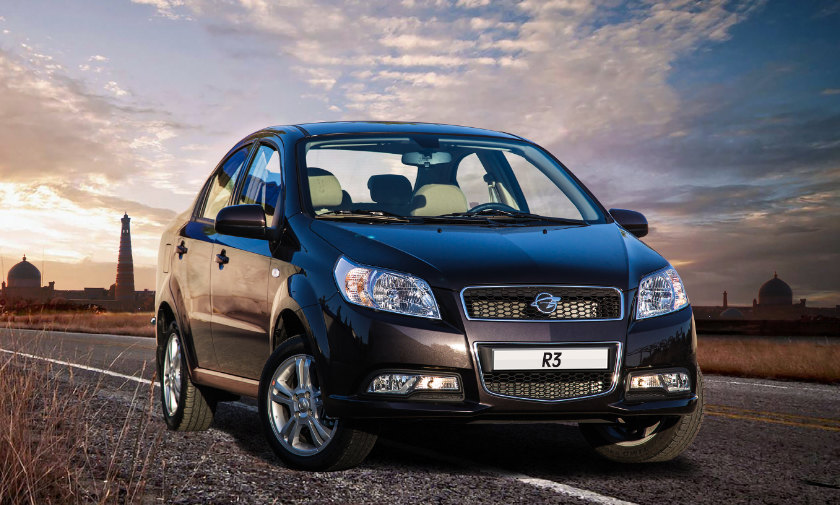
That’ll be the Daewoo, I mean, Ravon Gentra R3
Daewoo Gentra (T250) (2005 to date): If you want to count the Daewoo Kalos on which the Gentra is directly based, then you can add another three years, making it 18. Launched in Korea first, and perhaps better known in Britain as the Chevrolet Aveo. Now made in Uzbekistan and sold in CIS countries, including Russia, as the Ravon Nexia R3.
16 years
Rover 200 (R3) (1995–2011): Very surprised a British magazine missed this one. Of course, it then became the 25, then it went to China as the MG 3 SW (for Streetwise), surviving till 2011 there.
17 years
Austin Mini Metro (1980–97): Bizarre for a British magazine to miss, especially given how many column inches Autocar devoted to it over the years. Of course, you could argue that the 1990 Rover Metro was transformed with its interconnected Hydragas suspension, and the K-series engines made it a different proposition, but then Autocar counted the Land Rover as a single line. Most of us know the story here: the Rover 100, as it ultimately was named, scored poorly in the EuroNCAP test, and that hastened its demise in 1997.
Mitsubishi Lancer Cedia (2000–17): The Lancer for the new millennium already had a decade-long production life in Japan, where the norm was once a mere four years; and it lived a few more years in the Philippines and India. It would probably still be going in Venezuela if its economic crisis hadn’t put a stop to most car production there in 2017.
18 years

Chevrolet Grand Vitara, with the three-door model surviving to 2015
Suzuki Escudo II (1997–2015): Second-generation Escudo, or Grand Vitara in a lot of countries. While Japanese production ceased in 2005, the Ecuadorians continued with the three-door model till 2015.

Never mind the dandruff, the Mazda Familia will be AOK
Mazda Familia (BF) (1985–2003): Plenty of names for this one, including the South African-made Sao Penza for the British in 1991. It continued coming out of Pretoria into 2003, having been renamed the Mazda Midge, becoming the company’s budget model. The Ford Laser and Tonic eventually shared its sheetmetal and continued in South Africa as an entry-level model, too.
Rover 75 (1998–2016): Another odd one for a British magazine to miss, considering it was once on the cover. After MG Rover sold the 75’s IP to SAIC, it was produced there as the Roewe 750, spawning even a mild hybrid. Its MG ZT counterpart became the MG 7 in China under NAC, surviving till 2011; the last listing I could find for the 750 was in 2016.
Daewoo Lacetti (J241) (2002 to date): Another GM product with a multitude of identities, usually Chevrolet Lacetti in Europe. It still wore this moniker in Uzbekistan well into the 2010s, after the hatchback’s nose was grafted on to the saloon, surgery originally done for the Indian-market Chevrolet Optra Magnum in 2008. The Uzbek edition wore Ravon badges in Russia, and was recently deleted there, though it remains as a cheap model made by UzAuto in Asaka.
SEAT Ibiza I (1984–1993, 1999–2008): NAC, the people who bought MG, licensed the Ibiza from SEAT, bringing the production line there in the 1990s. The NAC Yuejin was made from 1999 to 2003 under a variety of names. The licence expired, and the car was facelifted, soldiering on for another four years. If we’re only counting licensed manufacture, then it’s only 14 years. But since Autocar counted the Volkswagen Santana facelift, then we should probably count the NAC’s, for a total of 18 years.
Austin Maestro (1983–94, 2000–7): BL’s Allegro replacement was perhaps too upright as the aero look came in, but it served Austin Rover reasonably well, with 605,411 made at Cowley. Some kits destined for Bulgaria were made after British production ceased, planned for 1995–6. When that venture failed, Parkway Services in Ledbury assembled the Maestros from 1997 to 2001, as did Apple 2000 in Bury St Edmonds. We can’t count this production period as the kits were already made. But we can count the licensed models made by Etsong of Shandong, China, which carried on with the Maestro in the new millennium. FAW took over Etsong and out the Austin Montego nose on it, building it till 2007. We’re not even counting the Yema cars made off the Maestro platform.
19 years
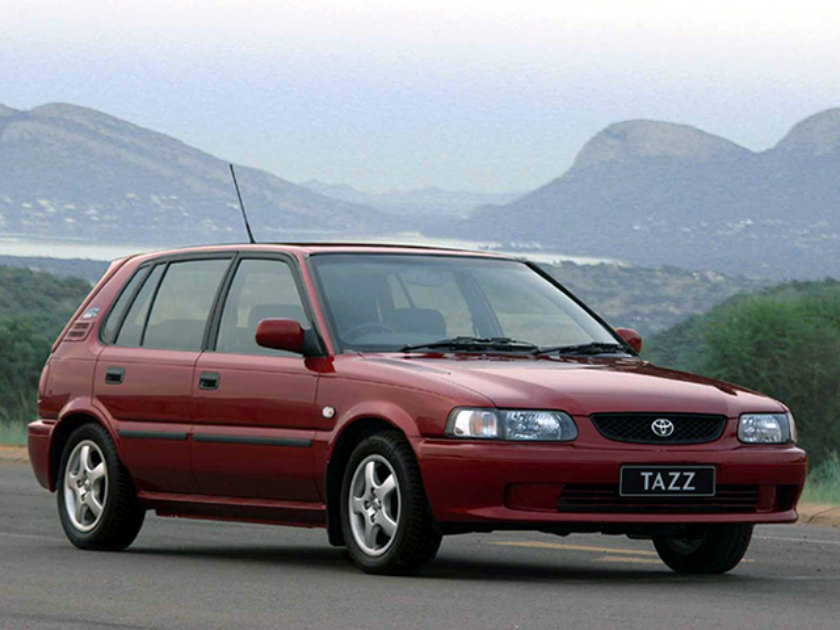
Toyota Tazz in South Africa
Toyota Corolla (E90) (1987–2006): Again, it’s thanks to the South Africans that this Japanese car didn’t have a short product life cycle. Japan saw the tail end of the E90 in 1991 but South Africa turned it into Toyota’s entry-level model there, the Tazz, from 1996 to 2006.
Fiat 147 (1976–96): The Brazilian edition of the 127 had a slightly squarer shape from the outset. When the Brazilians stopped making the Spazio, a renamed, facelifted 147, the Argentinians took it up, and kept it going till 1996. But even on its original nose, it survived until 1989 as the Brío. You can add five years if you considered the Fiat 147 a mere adaptation of the 127. But there was a gap between Brazilian and Argentinian production in 1985, and you could subtract one.
Suzuki Cultus (AA44S) (1988–2017): Quite an attractive supermini in its day, the Cultus, usually exported as the Swift, saw continuous production somewhere in the world until 2017. Thanks to Pak Suzuki, who began making it in 2000, the Cultus became Pakistan’s top-selling one-litre car.
20 years

Wearing yet another badge: the Baojun Le Chi
Daewoo Matiz I (1998–2018): It wasn’t thanks to China that the original Matiz, designed by Giugiaro as his vision of a 1990s Fiat 500, survived till 2018. Yes, it was renamed the Chevrolet Le Chi in China, and eventually was one of the first Baojuns there. Once again, we can credit the Uzbeks for making the Matiz survive till 2018.
Chevrolet Chevette (1973–93): People tend to forget that the Chevrolet Chevette launched in Brazil first, before the Opel Kadett C, and remained in continuous production there till 1993—a far longer duty than the Vauxhall Chevette ever saw.
21 years
Opel Kadett E (1984–2015): European Car of the Year 1984–5 had a far longer life than GM would have envisaged when it appeared in Germany and Korea in the mid-1980s. The Koreans may have made the Pontiac LeMans for the US, while on the home market it was offered under numerous nameplates: Daewoo LeMans, Cielo and Nexia. It was the last one that saw itself head to Uz-Daewoo in Uzbekistan. A team of British designers gave the Nexia a facelift in 2008, and that helped extend its life to 2015, when the Daewoo Gentra took over.
Mitsubishi Lancer (CE) (1995–2016): Evo IV through VI owners will be pleased to know that the saloon their cars are based on was still being made as late as 2016, with the Venezuelans able to get a new Signo (as it was named there) till then. Soueast of China also made the Lancer into the mid-2010s.
22 years
Opel Rekord E (1977–99): One more from GM, made under a variety of names. There were long-nose Commodores as well, and if you wanted to split hairs, we could start counting from 1978. It was Daewoo that kept the Rekord alive, with short- and long-nose models, and permutations such as the Imperial, a formal-roofed version. The mid-line Prince survived until 1999, and was the Daewoo Leganza’s immediate predecessor on the home market.
Citroën ZX (1991–2013): To think that back in the late 1980s, I thought the ZX, as shown in Autocar scoop photos, looked dated. That didn’t seem to bother the Chinese, who kept it in production in its original form well into the 2000s. With the original nose, it lasted until 2008. The facelift C-Élysée survived until 2013, though you could argue that the hatchback only made it to 2011. Shanghai Maple made its share of ZXs, too.
23 years

México’s Chevrolet Classic, and not the Malibu-based model
Opel Corsa B (1993–2016): Launched with supermodels in 1993, the Corsa made quite an impact. It continued to do so elsewhere, especially in China, as the original Buick Sail, and it had a long life in México, where it was built until 2012. Brazil eventually renamed their Corsa the Classic, with the last cars leaving São José in 2016.
24 years
Jaguar XJ Series I to III (1968–92): Another strange one for a British magazine to miss, and suggested by Don on Twitter. Jaguar’s world-beater was so far ahead of its game that it managed to keep going through some tough times. There were reliability issues, and its long life was in no small part down to the delay of the XJ40, but it remained so influential that its successors copied its style for many years to come.
25 years
Suzuki Escudo I (1988–2013): Like its successor, the original Escudo—Vitara for export—was kept alive in Colombia, where people liked its soft-roader looks and off-road capability. Unlike various Escudos made by Santana, the Colombian Chevrolet Vitara even looked like the original.
26 years
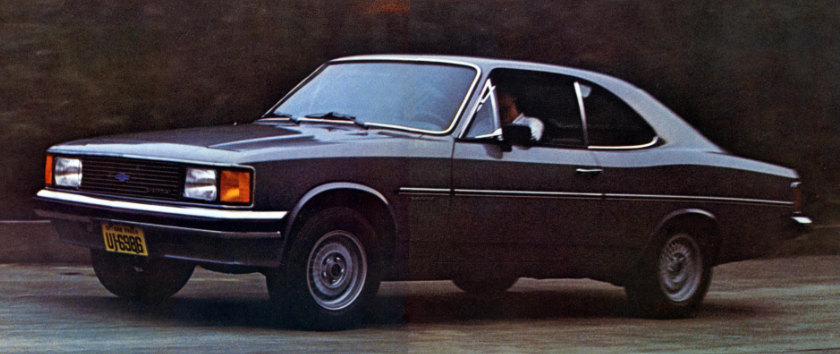
Not an Opel Commodore, but a Chevrolet Opala Comodoro
Opel Rekord C (1966–92): Given how famous this one is, we thought Autocar would have included it. The German Rekord C was a particular popular car, and GM decided it would tool up in Belgium, South Africa, México and Brazil as well. It was in Brazil, as the Chevrolet Opala, where project 676 lasted until 1992. Even if you didn’t want to count the German production from 1966 by arguing that the Opala had Chevrolet and Pontiac engines, it was built in Brazil from 1969.
27 years
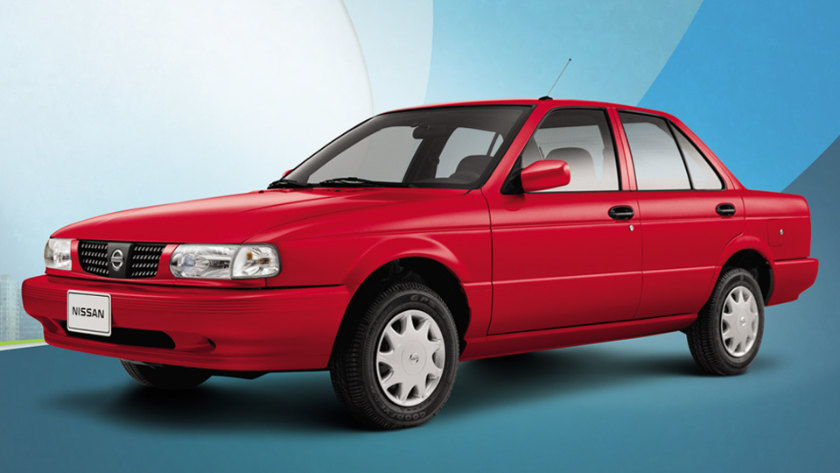
Nissan managed to do worse than the Rover 100, with zero stars awarded to its Nissan Tsuru in México
Nissan Sunny (B13) (1990–2017): Who knew, when Nissan launched the B13 Sunny in 1990 after a decade experimenting with sharp-edged models, that it would become a cabbies’ favourite in México, called the Tsuru? It might have gone on for longer if México wasn’t planning to publish some damning safety test results. Instead of waiting for that (as Rover did with the Metro), Nissan killed it off the day before.
28 years
Renault 5 (1972–2000): Michel Boué’s original 5 was such a wonderful modernist shape that the Iranians saw no need to succeed it with the Supercinq. SAIPA began making the 5 as a successor to its Citroën Dyane in 1980. This arrangement lasted until 1994, when it sold the production line to Pars Khodro, who began making the Sepand. This continued until Renault withdrew its support for the project. Beyond 2000, the Sepand body was adapted to Kia Pride mechanicals, made for another eight years.
30 years
Fiat 1100D (1962–2000): We’re going to count only from 1962 when Fiat began making the third-generation 1100. Premier of India began making it under licence in 1964, originally as a Fiat. When the licence expired, the marque was changed to its own. The car had been “indigenized” with local content and improvements, and was now called the Premier President. The Padmini of 1973 was a renamed President, and was made to 1997; the diesel model, the 137 D, made it to 2000.
Fiat 128 (1969–2009): Fiat dabbles with the front-drive, transverse-engine formula, creating the 128. Plenty of versions followed, but the basic four-door saloon got to 2009, when El Nasr, assembling the 128 under licence, shut up shop.
32 years
Ford Falcon (1959–91): Ford’s compact launched in 1959 as a 1960 model, and Argentinian production commenced in 1962. Ford kept the car alive through various facelifts, grafting on whatever was the prevailing corporate nose at the time. Come 1991, now horribly dated, it had a nose inspired by the Taunuses and Granadas of the late 1970s, and it was time to go.
Daihatsu Charade (G100) (1983–2015): An attractive supermini when new, the Charade went on to be licensed by Tianjin of China, which built a plethora of models off the base, including ones with Mercedes-like grilles. The last with any G100 genes that I can trace is the Xiali N3, deleted in December 2015. That means some would be registered the following year.
34 years
Ford Festiva Mk I (1986 to date): Considered roomy for the time, the Mazda-developed Festiva, also made by Kia as the original Pride, headed to Iran. With sufficiently high local content, it donned SAIPA badges from 1994. The original was made until 2010, but not before still-recognizable adaptations were produced, most of which continue.
35 years

Japanese humour: the Suzuki Fronte Wit
Suzuki Fronte (CB71) (1984–2019): Surely the longest-lasting of modern times if you don’t count the ones Autocar actually got. The Fronte headed to India as the second-generation Maruti 800. Made until January 2013, it got a stay of execution as Pak Suzuki made it as the Mehran for a few more years.—Jack Yan, Publisher

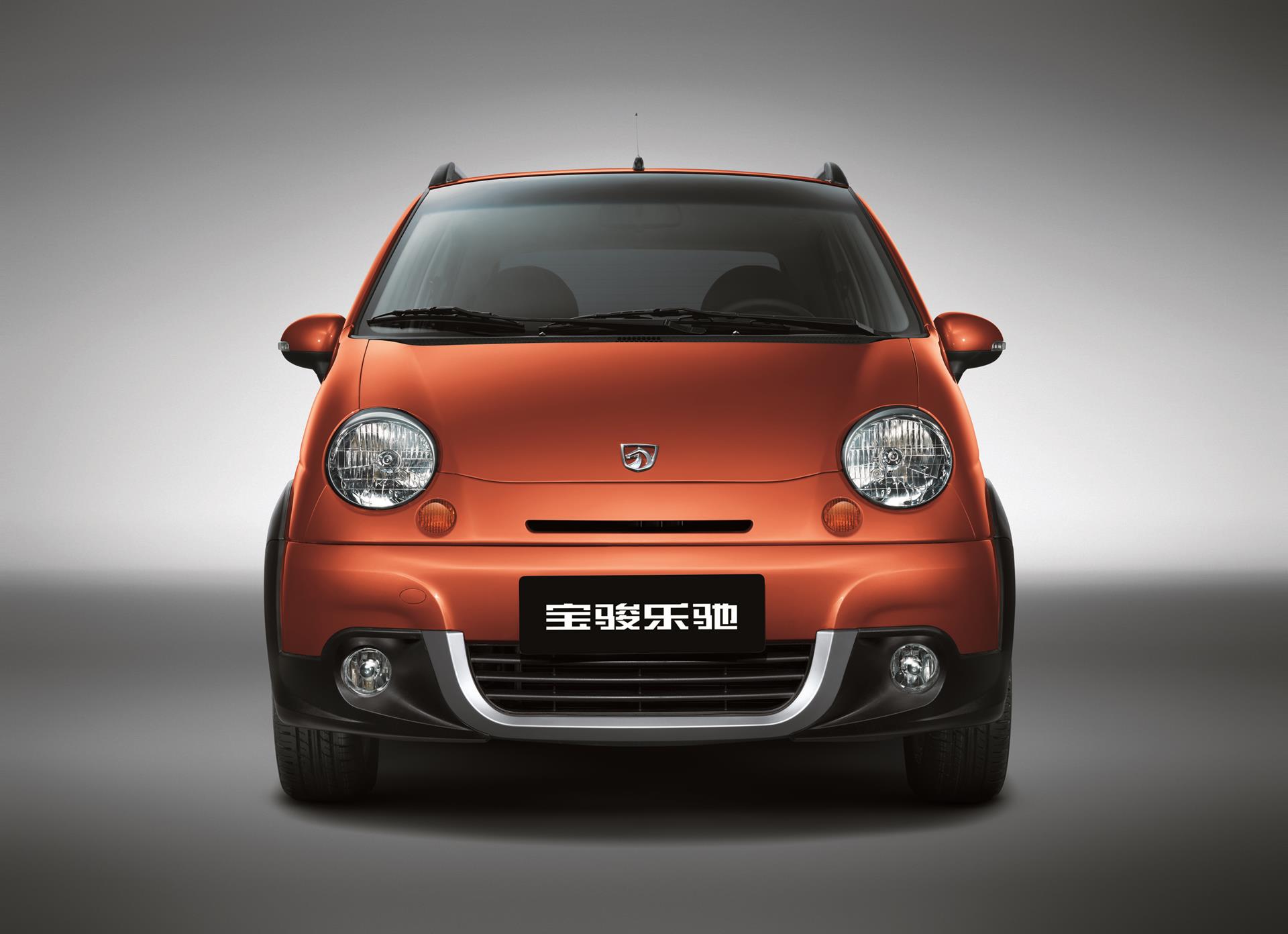

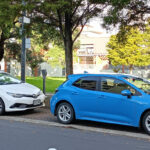
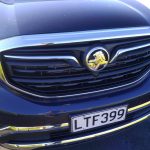



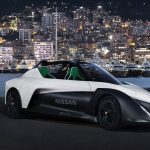

Leave a Reply